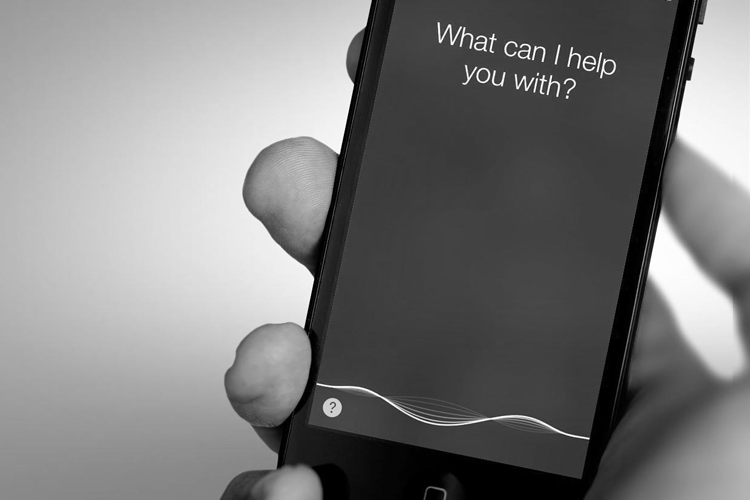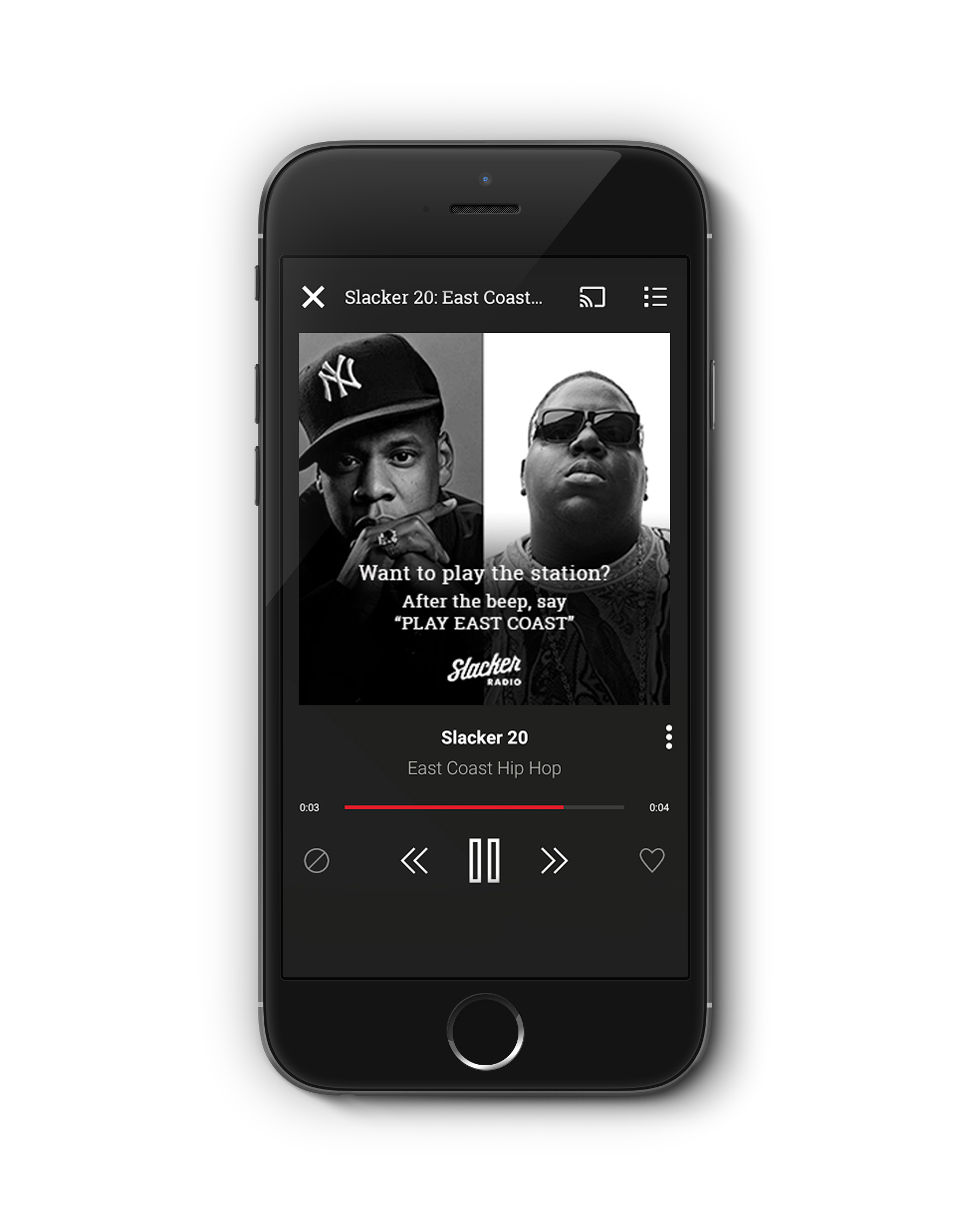 There is a voice assistant arms race going on between Apple, Google, Amazon, Microsoft, and Facebook. This is all about mobile. Each company recognizes that the mobile user experience often makes touch and type interaction inconvenient. Voice is simply a more efficient way to interact with a smart device – at least when it works.
There is a voice assistant arms race going on between Apple, Google, Amazon, Microsoft, and Facebook. This is all about mobile. Each company recognizes that the mobile user experience often makes touch and type interaction inconvenient. Voice is simply a more efficient way to interact with a smart device – at least when it works.
For many obvious technical reasons these solutions have often struggled to perform consistently enough to meet consumer expectations. It is a big challenge to prepare any computer to accept all types of voice requests considering the infinite variety of user intent, semantics, accent and voice inflection. This is why so many voice interaction experiences are poor or inconsistent.
It is a matter of expectations. You wouldn’t appreciate a 25% or higher failure rate at the dry cleaner or bank. However, we have been conditioned to accept lower success rates for voice assistants and as a result their usage is growing slowly and is far from ubiquitous. Voice assistants also suffer from a limitation that many app publishers do realize: the user must initiate voice interaction. What should you do if you want to prompt the user to take action and they aren’t looking at the screen?
User-Initiated Versus Prompted Voice Interactivity
When there is user intent that an app or device cannot reasonably know, then voice interaction would necessarily be user initiated. A good example is the voice remote now offered by many cable and satellite television services. Television now offers hundreds of channels and thousands of titles in video-on-demand libraries. The software might know your preferences and can suggest what you might like at any given time, but what if you want something different from the norm. Voice enables users to sort through options or request a specific title more quickly than typing on what are often amateurish user interfaces.
This is similar to typical voice assistant tasks such as requesting a song or audio book to play or scheduling an appointment in your digital calendar. Voice reduces some of the friction inherent in touch interfaces. These types of common tasks often work reasonably well because the interaction is anticipated by the app or device developers. They have worked through numerous permutations of request variety and increased their chance of success. However, we know that humans are unpredictable so developers cannot anticipate all or even the majority of potential user-initiated interactions. By contrast, if you can prompt the user with an option and suggest a specific response, the solution can be efficient, reliable and motivate action that otherwise wouldn’t arise.
Prompted Response Voice Interaction Opens New User Experience Possibilities
The elegance behind prompted response voice interaction is that consumers don’t have to think about what to say. They only need to decide if they wish to respond to a prompted offer. If they are interested, they simply repeat a short phrase and the mobile interactive audio service quickly matches whether what is spoken matches the prompt. A match is followed by the smart device automatically executing the appropriate action. If they say nothing or something that is not a match, then the system does nothing. Whatever the user was previously doing continues.
Several audio app publishers have used XAPPmedia’s prompted-response voice interaction to promote content to users. The solution has been employed to offer instant access to podcasts, curated music stations and commonly used app features. These represent content and features that the app publisher believes will enhance the user experience so they want to suggest interaction by the user. Other app publishers have used XAPP for advertising because the high interaction rates make it a compelling way to monetize mobile audiences. Whether it is used to promote content, enhance user experience or drive revenue, prompted response has proven to be an effective tool to drive engagement.
Slacker Chooses Prompted Voice Interaction
 For example, Slacker announced last week that it was using XAPPmedia to drive greater user engagement with its curated music channels. XAPP Content Discoveries are played in between songs in Slacker’s audio app and listeners can repeat the short, prompted phrases to navigate to the promoted music channels without ever touching the device. This helps drive music discovery and leverages both the convenience of voice interaction and the power of suggestion. Data show that 14.8% of Slacker users interacted with at least one music discovery promotion within the first five impressions. And, the response rates were 11 times higher than mobile audio promotions that required a touch response.
For example, Slacker announced last week that it was using XAPPmedia to drive greater user engagement with its curated music channels. XAPP Content Discoveries are played in between songs in Slacker’s audio app and listeners can repeat the short, prompted phrases to navigate to the promoted music channels without ever touching the device. This helps drive music discovery and leverages both the convenience of voice interaction and the power of suggestion. Data show that 14.8% of Slacker users interacted with at least one music discovery promotion within the first five impressions. And, the response rates were 11 times higher than mobile audio promotions that required a touch response.
Expecting the user to touch the screen after an offer is presented as an alternative method to enable conversions. However, data show that the app is not readily accessible to audio listeners 77-86% of the time. The device is in a purse or pocket or simply in power-save mode behind a lock screen; or the user is driving or walking and cannot safely access the app despite interest in the suggestion. Prompted response by voice may be the only option for interaction in many cases and represents the lowest friction interaction method in almost every circumstance.
The convenience factor also extends beyond audio apps. Video, smart home devices and other applications that anticipate user needs or want to make a suggestion can quickly leverage prompted response interactivity and have high confidence that the solution will generate a positive user experience and high interaction rates.
The Numbers Tell the Story
When you want to prompt user discovery, you can clutter the screen with display ads or other promotions that drive 0.05% conversions rates according to Medialets. Prompted response voice interaction is in a different league entirely. For advertisements, the historic conversion rates – comparable to a CTR – have ranged from 1.09 – 7.86%. Advertisers ranging from Amazon and AutoZone to Ford and Jeep have taken advantage of prompted response voice interaction to drive app downloads, website visits, video views, phone calls and store foot traffic (to name just a few action types). Non-advertising user experience and content interaction rates are even higher at 2.04% – 14.15%. Users are made aware of new features or content that they can instantly access by repeating a short phrase. No touch is required.
User-initiated voice interaction has its place when there is user intent and the speech recognition system can accurately interpret the request. The voice assistant battles are sure to continue and even escalate among the tech giants hoping to stake out claims in the emerging voice interaction landscape. However, user-initiated voice interaction still relies on pre-existing user intent and is not particularly useful when a publisher wants to drive suggested discovery.
Prompted response voice interaction leverages the power of suggestion to guide users to specific outcomes and minimizes the friction between interest and action. Think of it as a suggestive discovery engine for your app users that delivers unmatched conversion rates. What is the power behind prompted response voice interaction? It’s simple, spontaneous and convenient.
See some examples here.
[su_button style=”flat” size=”6″ background=”#D73C90″ radius=”0″ url=”https://go.pardot.com/emailPreference/e/35552/300″ target=”_blank”]Subscribe to XAPP Blog[/su_button]
Related Posts
Slacker Radio Adopts XAPP Interactive Audio To Connect Mobile Listeners To Content
XAPP Expands Voice-Activated User Engagement Features
How Voice Interaction Increases Internet Radio Response Rates (Infographic)
